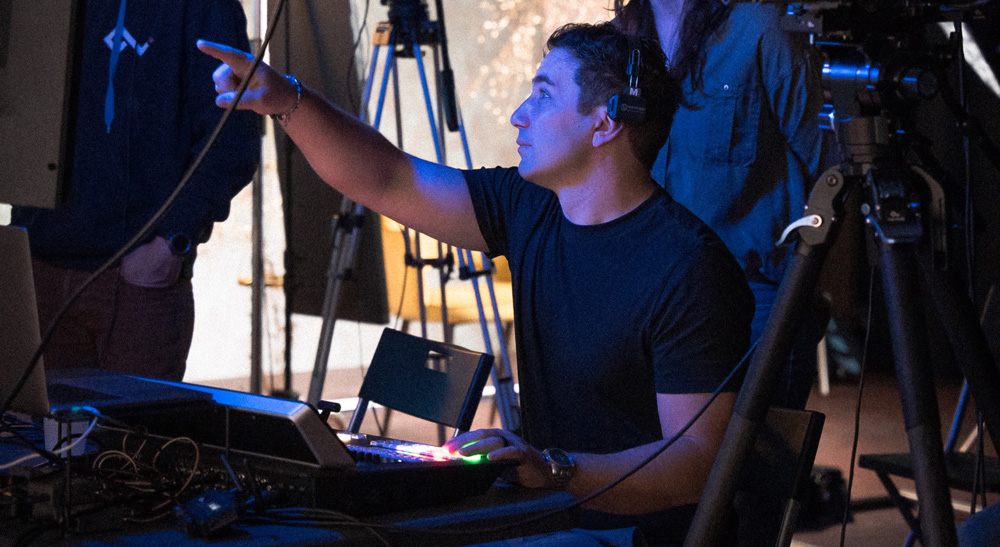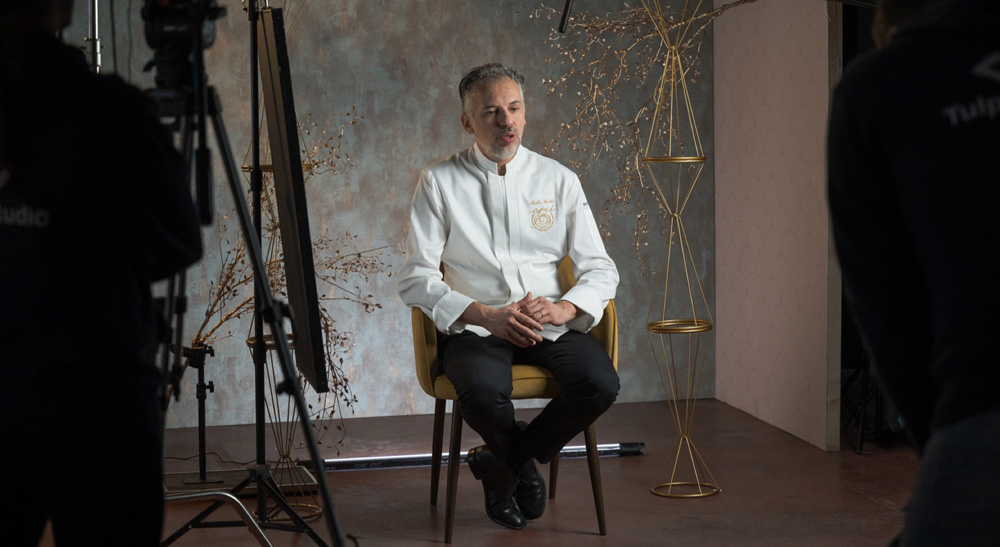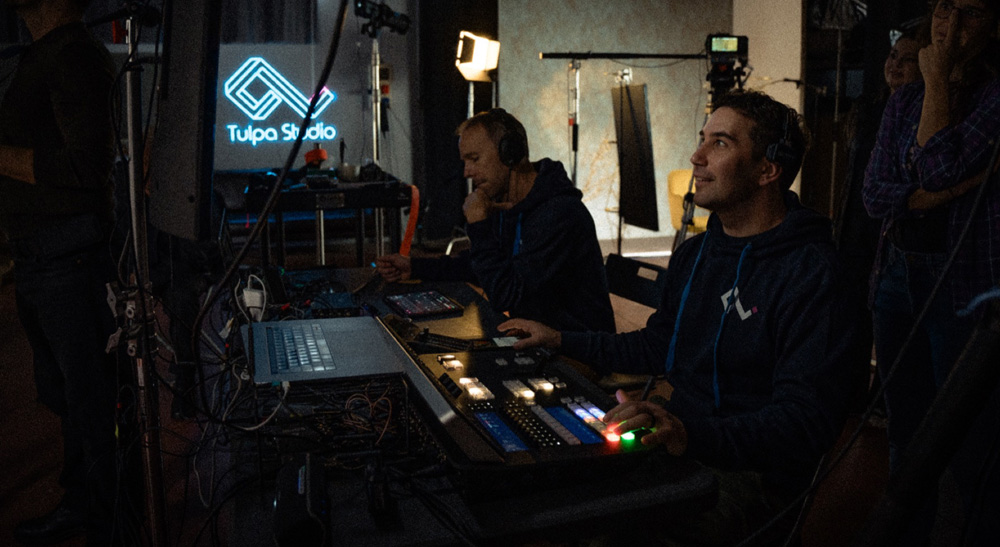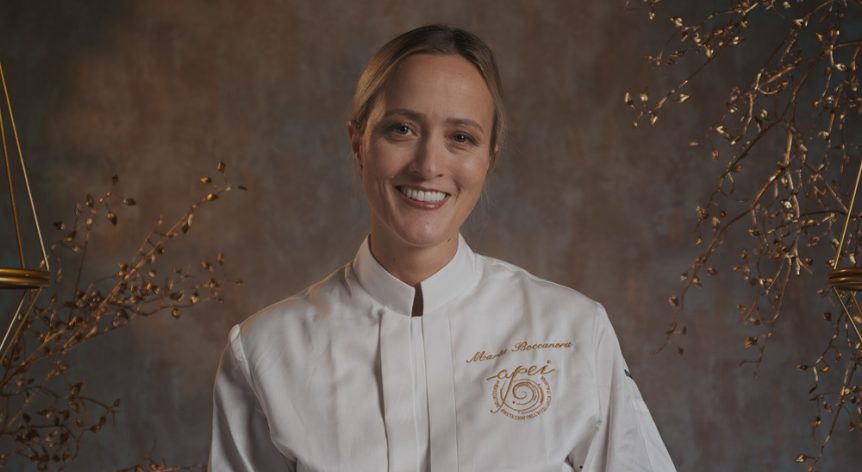Founder Michelangelo Ingrosso reveals how Blackmagic Design powers cinematic results at indie scale.
Fremont, CA, USA - With audience expectations soaring and production budgets tightening, small studios are under greater pressure to deliver high end content. But in Ferrara, Italy, one independent company proves that cinematic ambition no longer needs a blockbuster budget.
Tulpa Studio has built a fully integrated, broadcast grade workflow using Blackmagic Design tools, and it’s working. “Blackmagic products have always struck the perfect balance between accessibility and performance,” said Ingrosso, a self taught cinematographer whose journey began by shooting music videos to promote his records. “When I set up Tulpa, I knew I needed a solution to deliver cinema grade results while keeping our overheads lean,” he continued.
Today, Tulpa Studio operates from a 400 square meter facility, complete with a soundstage, post suite, makeup station, and rental service. It’s a creative powerhouse that rivals larger, more traditional outfits, but the studio’s production workflow really sets it apart.
Cinematic Quality, Without the Overhead
The studio’s recent hit, “Sweet Home,” a cookery show that debuted on Warner Bros. Discovery channels, was a proof of concept in how indie teams can punch well above their weight. With a multi camera package centered around the Blackmagic URSA Mini Pro 12K digital film camera and Blackmagic Studio Camera 6K Pro, “Sweet Home” combines the polish of a high end commercial with the intimacy of a docuseries.
“We wanted to give the show a real cinematic flair,” noted Ingrosso. “That meant richer colors, shallow depth of field, and lighting that felt more like a feature film than a cooking show. But none of that would work if we couldn’t maintain clarity. Viewers still need to see exactly what the chef is doing,” he explained.
Blackmagic RAW 12:1 provided the flexibility and image quality the team needed, while keeping storage needs manageable. “Even with up to eight cameras rolling 4K and 6K RAW, the media management tools in DaVinci Resolve allowed us to stay on top of file sizes, trim down unnecessary footage, and keep the edit flowing,” Ingrosso said.

Integration is Everything
One of Tulpa Studio’s core production principles is fluidity. Using the ATEM Television Studio HD8 ISO live production switcher, Ingrosso’s team handled live multicam switching, ISO recording, and timecode sync, all from one hub. However, the real game changer was the ATEM’s ability to export a DaVinci Resolve Project (.DRP) file immediately after a shoot.
“By the time we wrapped a session, we could already send a preview cut to the distributor,” said Ingrosso. “That kind of immediacy is invaluable when you’re trying to keep momentum going in post,” he added.
The ecosystem’s consistency, particularly in color science, also paid dividends. “All our cameras matched effortlessly. We didn’t waste hours in post trying to balance shots or fix profiles. The look was locked in early, and everything just worked,” Ingrosso noted.

A Model for Indie Production
Tulpa Studio’s approach offers a roadmap for other small to mid sized production houses navigating similar challenges: deliver premium quality without incurring bloated infrastructure or team size.
“I don’t care about sticking to one brand. I care that everything talks to each other and doesn’t slow us down,” Ingrosso concluded. “From acquisition to editorial and finishing, we’re working in a connected environment that saves time, reduces risk, and helps us compete at the highest level.”
As cinematic quality becomes a baseline expectation rather than a luxury, studios like Tulpa show how integrated, accessible workflows can bridge the gap between indie flexibility and professional polish.

